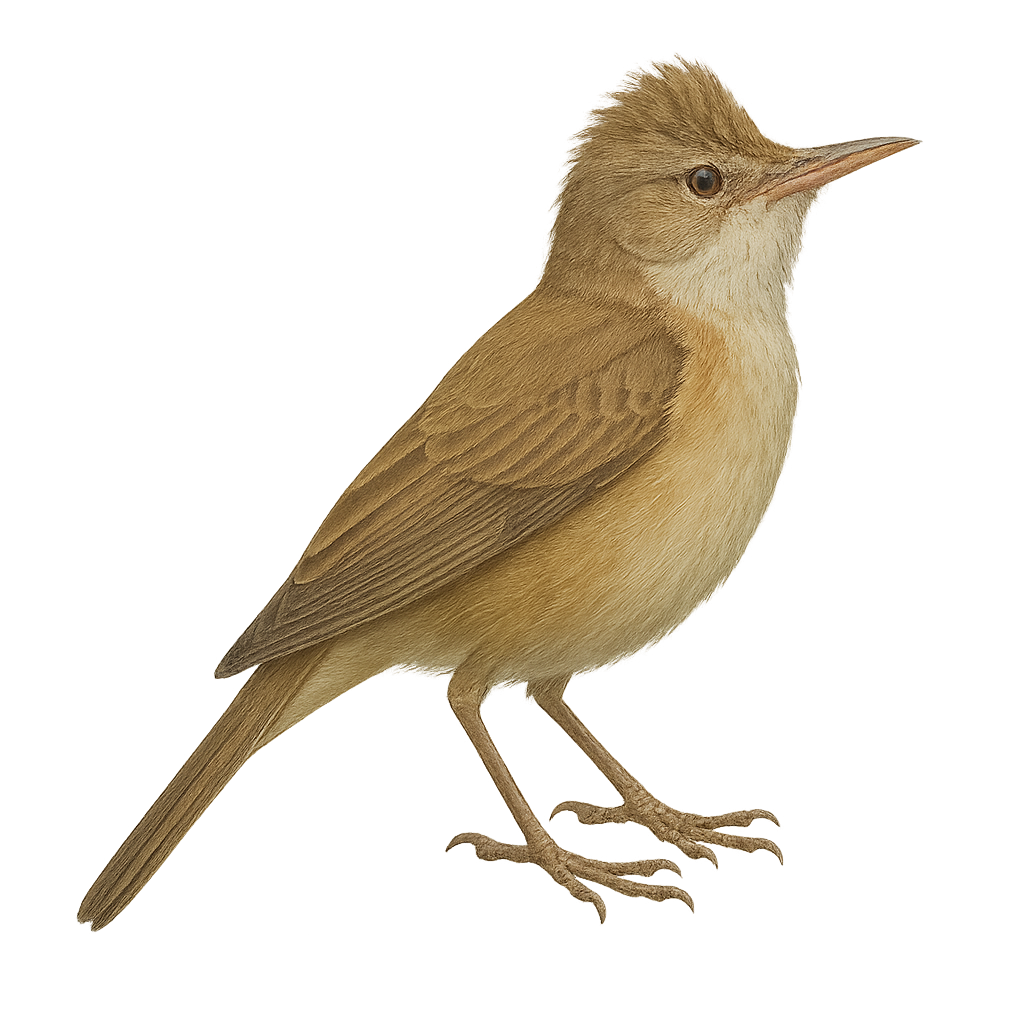Your wildlife photography guide.
Explore the great reed warbler in detail, study its behavior, prepare your shots.
Where to observe and photograph the great reed warbler in the wild
Learn where and when to spot the great reed warbler in the wild, how to identify the species based on distinctive features, and what natural environments it inhabits. The WildlifePhotographer app offers tailored photography tips that reflect the great reed warbler’s behavior, helping you capture better wildlife images. Explore the full species profile for key information including description, habitat, active periods, and approach techniques.
Great reed warbler
Scientific name: Acrocephalus arundinaceus

IUCN Status: Least Concern
Family: ACROCEPHALIDAE
Group: Birds
Sensitivity to human approach: Very shy
Minimum approach distance: 20 m
Courtship display: May to July
Incubation: 11-14 jours
Hatchings: May to July
Habitat:
Dense reed beds, marshes and waterside vegetation
Activity period :
Primarily active during the day, with peak activity in the morning and late afternoon.
Identification and description:
The great reed warbler is an insectivorous passerine and the largest of the European reed warblers, measuring 18.5–20 cm in length with a 24–27 cm wingspan and weighing 25–38 g. It has unstreaked brown upperparts, buffish-white underparts and a pale supercilium. It inhabits dense reed beds, marshes and waterside vegetation, feeding mainly on insects, spiders and small amphibians.
Recommended lens:
500 mm – adjust based on distance, desired framing (portrait or habitat), and approach conditions.
Photography tips:
Hide at the edge of dense reed beds and look for low perches; shoot from a low angle to isolate the bird against the reeds, ideally early morning when its song is most active, using a fast shutter speed to freeze its movements among the stems.
The WildlifePhotographer App is coming soon!
Be the first to explore the best nature spots, track rutting seasons, log your observations, and observe more wildlife.
Already 1 429 wildlife lovers subscribed worldwide

